Understanding the Importance and Function of Trailer Wiring Harnesses
Introduction:
In the realm of towing and hauling, trailers are indispensable tools that enable us to transport goods, equipment, or recreational vehicles with ease. However, ensuring a safe and efficient connection between a tow vehicle and its trailer is crucial. This is where a trailer wiring harness comes into play. A trailer wiring harness is an essential component that facilitates communication between the towing vehicle's electrical system and the trailer's lighting and auxiliary systems. In this article, we will explore the fundamental aspects of a trailer wiring harness, its significance, and why it is crucial for safe and trouble-free towing experiences.
1. What is a Trailer Wiring Harness?
A trailer wiring harness, also known as a trailer wiring loom or trailer wiring connector, is an organized assembly of wires, connectors, and plugs designed to establish electrical connections between a tow vehicle and its trailer. It serves as a bridge between the electrical systems of both the towing vehicle and the trailer, allowing signals to flow smoothly and effectively. the SAE connector is widely used for trailers for all kinds of needs.
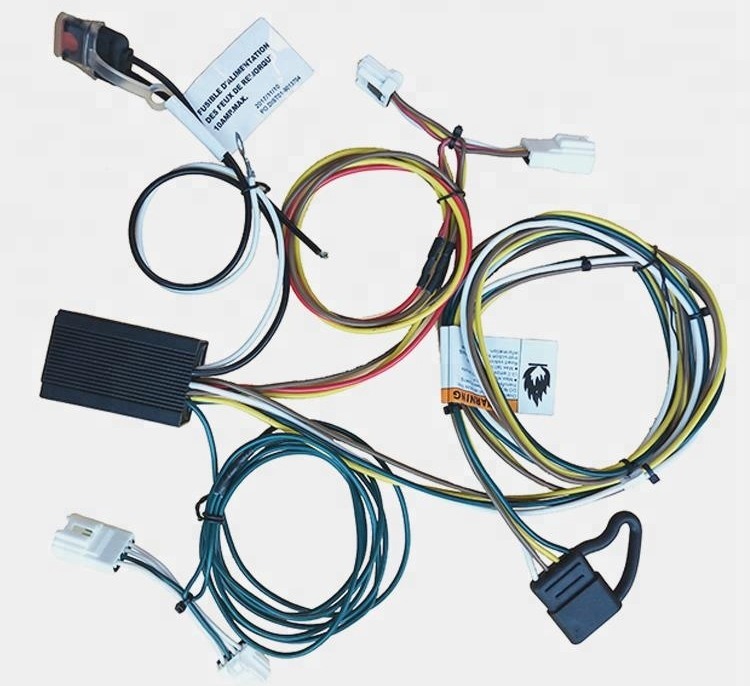
2. The Purpose of a Trailer Wiring Harness
The primary purpose of a trailer wiring harness is to enable seamless communication between the tow vehicle and the trailer's lighting and auxiliary systems. This includes essential functions such as:
a. Lighting: The trailer wiring harness facilitates the operation of essential lighting components on the trailer, including tail lights, brake lights, turn signals, and marker lights. These lights are crucial for indicating the trailer's presence, turning intentions, and stopping actions to other road users. 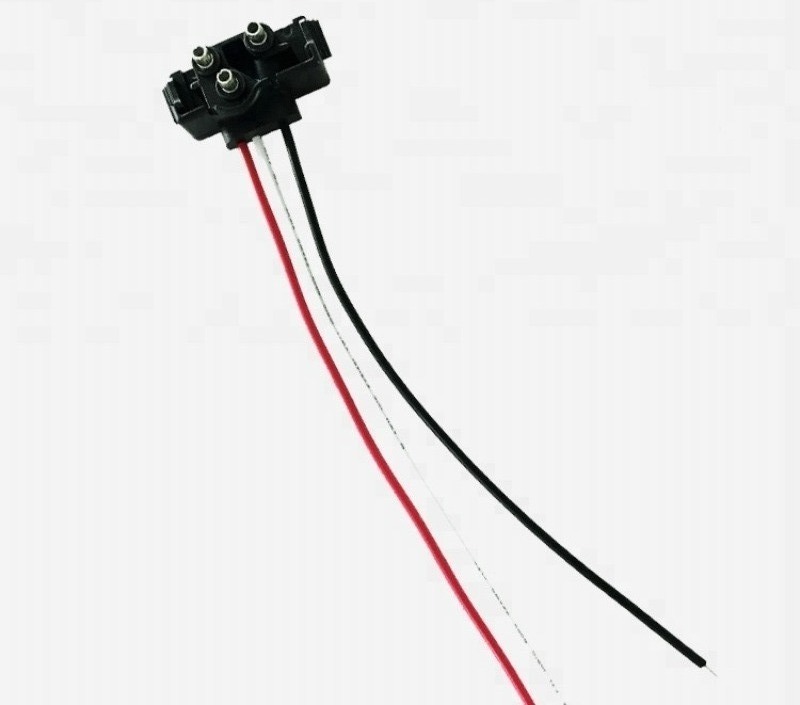
b. Brake Control: In trailers equipped with electric or electric-over-hydraulic brakes, the wiring harness connects to the towing vehicle's brake controller. This allows the driver to activate the trailer's brakes alongside the tow vehicle's brakes, providing better control and safer braking performance. 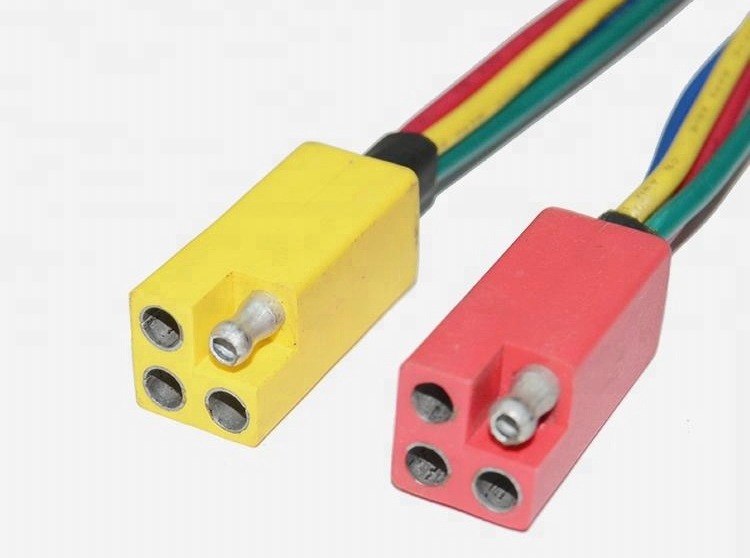
c. Power Supply: The wiring harness enables the trailer's onboard electrical components, such as interior lights, power outlets, or charging systems, to draw power from the towing vehicle's electrical system. This ensures that the trailer's batteries are charged and the essential devices are powered during transit. 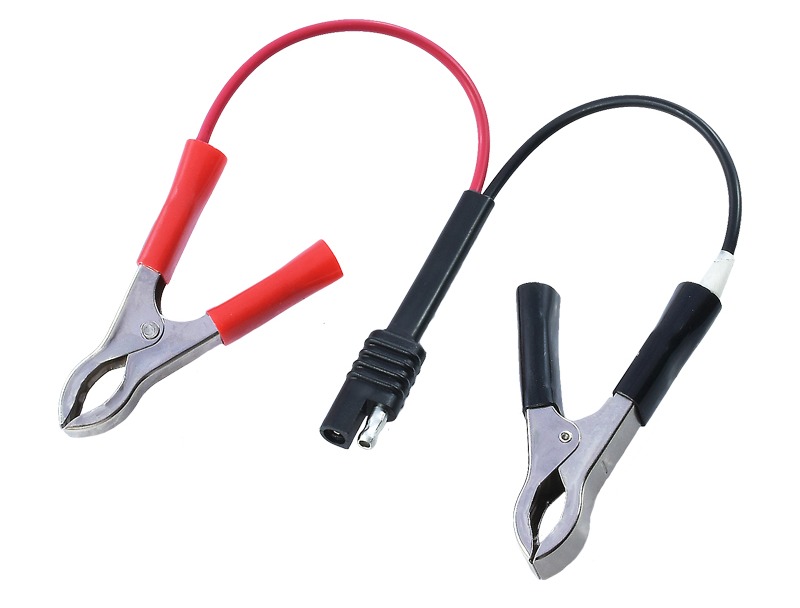
3. Types of Trailer Wiring Harnesses
Trailer wiring harnesses come in various configurations, depending on the type of trailer and the towing vehicle's electrical system. Common types include:
a. Four-Wire Harness: Typically used for trailers with basic lighting functions, such as utility trailers or small camping trailers. It consists of four wires for tail lights, brake lights, left turn signal, and right turn signal. 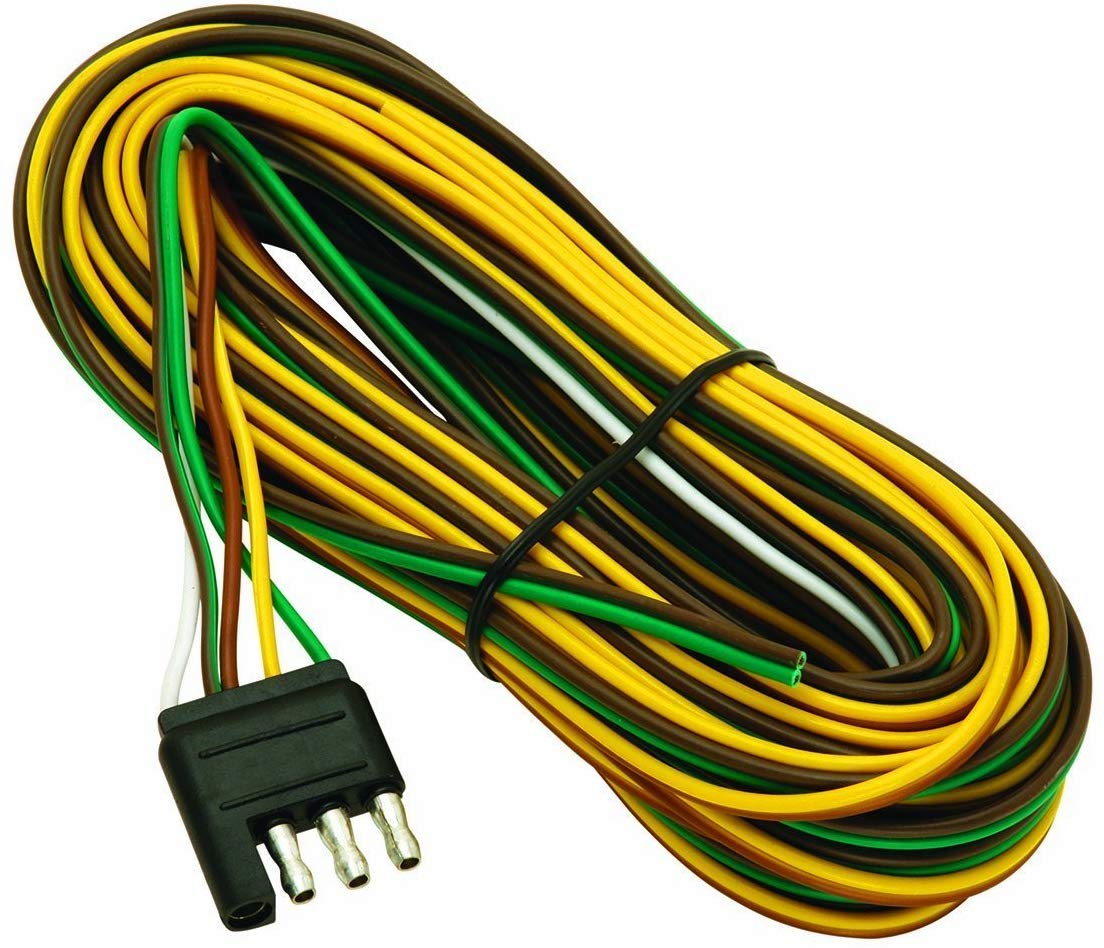
b. Five-Wire Harness: Similar to the four-wire harness, but includes an additional wire for a surge brake lockout or electric trailer brakes. 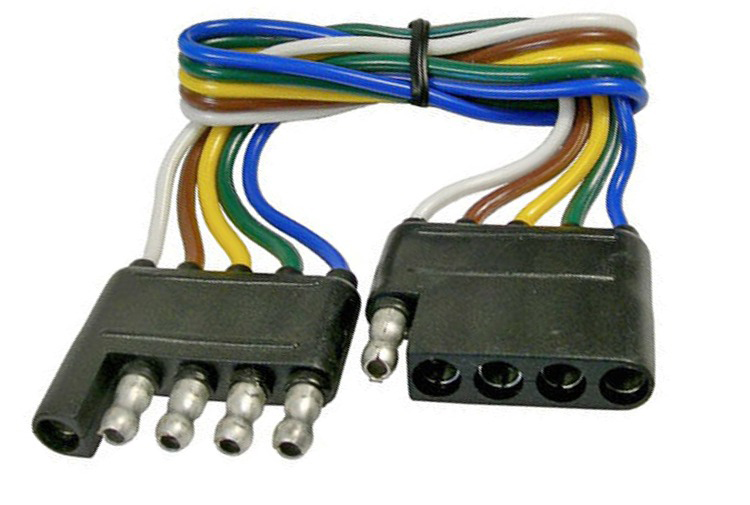
c. Seven-Wire Harness: Suitable for larger trailers equipped with electric brakes, this type of harness includes all the functionalities of the four and five-wire harnesses, along with additional wires for 12V power supply and reverse lights. 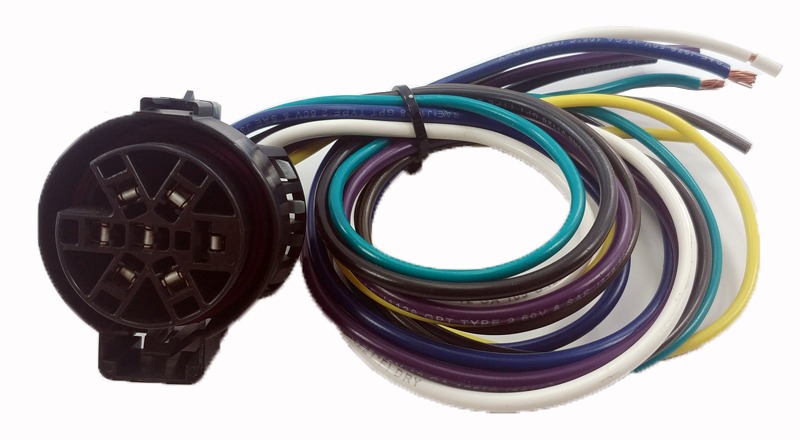
4. Importance of Using a Trailer Wiring Harness
Using a trailer wiring harness is not only a legal requirement in most regions but also a matter of safety. Without a properly functioning wiring harness, the trailer's lighting and auxiliary systems may malfunction, leading to accidents, fines, or delays. Moreover, a reliable wiring harness ensures that the tow vehicle and trailer communicate effectively, enabling the driver to respond promptly to road conditions and potential hazards.
Conclusion:
In summary, a trailer wiring harness is a crucial component that facilitates effective communication between a towing vehicle and its trailer. Its role in ensuring proper lighting, brake control, and power supply cannot be underestimated, as it directly impacts road safety during towing. Understanding the importance of a trailer wiring harness and using the appropriate type for your specific towing needs will contribute to a safe, efficient, and trouble-free towing experience.
Hooha Harness introduction
Hooha Harness is a reputable China factory that specializes in providing OEM and ODM services for wire harnesses. With over 20 years of experience in customizing wire harnesses, we have gained extensive expertise, particularly in the field of custom trailer wire harnesses. To ensure the highest quality standards, we strictly adhere to the IPC/WHMA-A-620 standard during our manufacturing processes. This ensures that all our wire harnesses meet industry specifications and perform optimally.
At Hooha Harness, we prioritize quality assurance. Therefore, every single wire harness undergoes a rigorous 100% continuity test before leaving our facility. This guarantees that each product meets or exceeds customer expectations. Our commitment to excellence is further demonstrated by our certifications including IATF16949, ISO9001, and UL certificates. These certifications validate our adherence to international standards and regulations governing automotive wiring systems.
We specialize in designing and manufacturing custom automotive wire harnesses as well as molded cable harness assemblies. Our team of skilled engineers works closely with clients to understand their specific requirements and provide tailored solutions that meet their unique needs. If you are interested in partnering with us or would like to request a quote for your wire harness project, please do not hesitate to contact us now. Simply send us your wire harness drawing or specifications, and we will be more than happy to provide you with a free quote promptly.
How to custom your own wire harness?
Send your sample or drawing/schematic for quote price→ Feedback with quotation(1~3 days) → Confirm quotation → Arrange sample you for approval→ [Make mold if needed (7 days) →Mold test] → Making samples(1~3 days)→Samples test(Approval) →place order for Mass production(2~3 weeks)→Quality checking→Packing →Delivery →After Service →Repeat Order.
